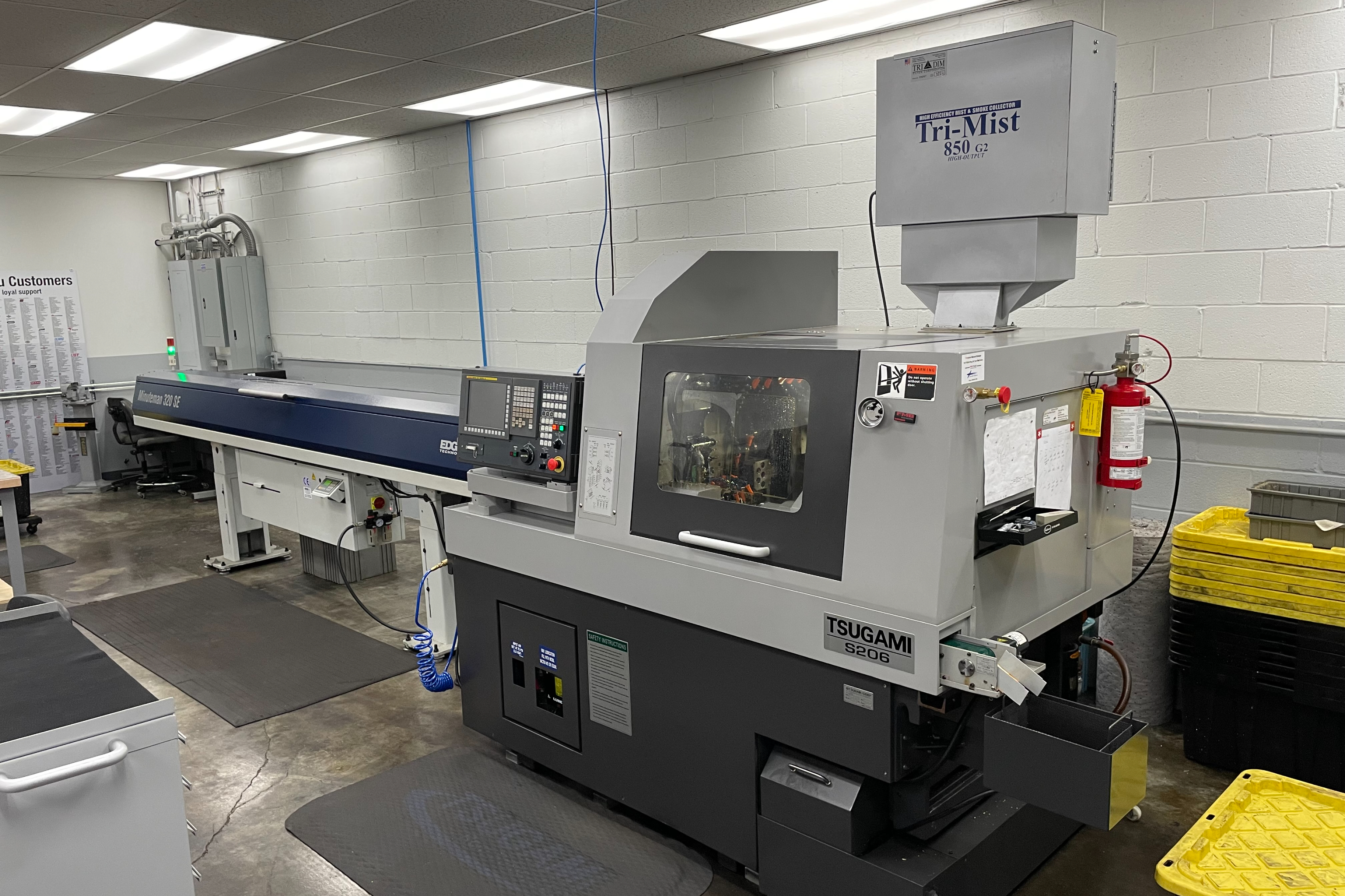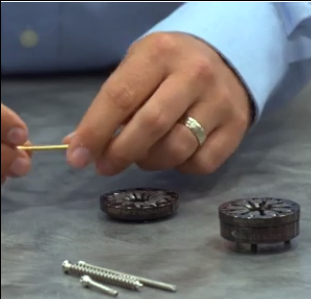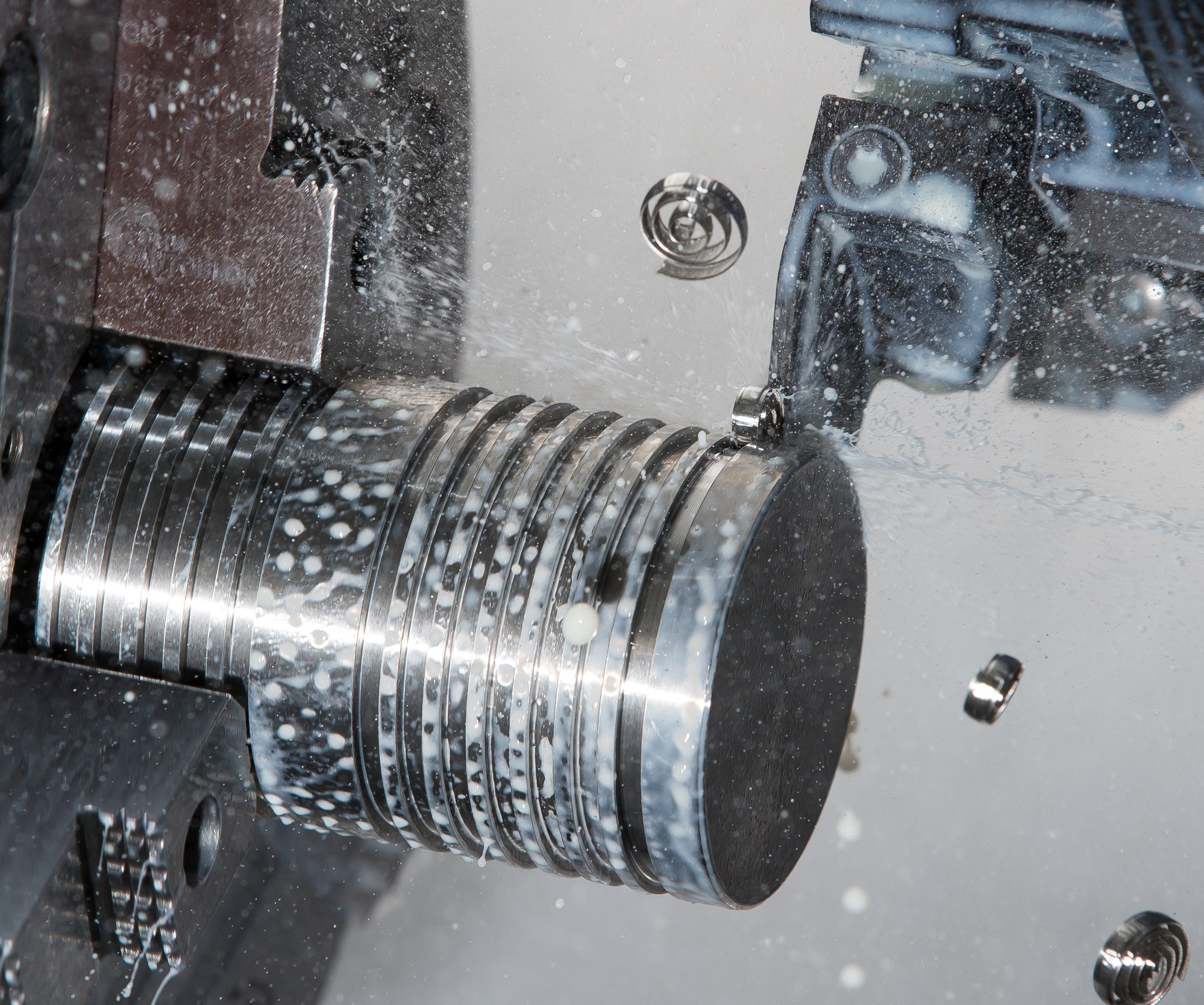In a wireless age, the use of cables may be losing its function in some industries. However, for others, the role they play is as important as ever. In the case of manufacturing, as technology becomes increasingly integrated, so does the prominence of cables.
Cables are key for both the delivery of electricity to machinery and transporting digital information between consoles and departments. They also do a whole lot more, playing a vital part in ensuring the safety of workers and creating streamlined forms of communication between staff and robotics.
Featured Content
In the future, technological advancements in manufacturing will rely even more on the increased efficiency and safety of cables. While innovation is key to manufacturing’s success, safety should always be the priority.
Wired Connections Offer Efficiency
The 5G revolution is tipped to bring new speeds and capabilities to technological sectors. However, maintaining cabled connections is key because wired connections enable businesses to use adedicated bandwidth. Benefits include faster information transfers, reduced risk of network transfer interruptions and fewer chances of connection outages — all essential for an industry that relies on efficiency.
Connection outages can halt the production process, particularly where automation is used. Burdening costs and lost profitability are the consequences. For safety, a wired connection is always the most reliable and secure compared to a wireless connection.

由机器人所需的电线,use of robust cable management systems is another way that wires can be protected.
Industrial Ethernet means that information can be processed at high speeds and transferred to machinery. When devices are working in unison and in sync with each other, this speed is essential. While wireless capabilities continue to improve, cables will still produce the most efficient form of connection.
Robots Need Wires and Cable Management Systems
Robots come with a large amount of movement on a shop floor. However, with the efficiency of cabled connections, robot wires must withstand a high amount of stress and tension through their constant and alternating bending cycles. Because of this, special requirements for wires are needed to prevent breakages and other safety concerns. These wires must be protected from damaging conditions, including exposure to oil, chemicals and high temperatures.
由机器人所需的电线,use of robust cable management systems is another way that wires can be protected. These systems separate wires when they pass into electrical enclosure boxes. When wires are exposed for connection, particles are prevented from touching the cables. This is particularly important for operator safety.
Improved Insulation and Voltage Grade
Improving insulation and voltage grade within cables has been a major focus in recent years. The industry’s objective is to produce better quality polymers to reduce the thickness of insulation while maintaining strength.
Smoke-retardant PVC is becoming commonly used in place of regular PVC in manufacturing. PVC has long stood as a useful insulator for wires because of its flame and oil resistance. However, in the event of a fire, the plastic coating produces a high quantity of smoke. While the innovation of thermoset plastic is not new, its use as cable coating is now more appropriate. If caught on fire, low levels of smoke are produced.
Teflon is another alternative to PVC. It is predominantly used for low voltage or communicative wiring, essential for manufacturing. While PVC can withstand temperatures of around 160°F, Teflon canwithstand heat of around 480°F.
About the Author
Stewart Beer
Stewart Beer is the site manager atElectrix International, a leader in the manufacturing of stainless steel cable management systems.
RELATED CONTENT
酒吧给料机基础
Some primary factors are often overlooked when considering how to justify the implementation of a bar feeder for turning operations.
What Is The Best Bar Feed System For Production Turning?
Selecting the right bar feeder can be one of the most important decisions a shop can make. Bar feed systems help improve productivity, throughput and quality, but in order to achieve the most benefit from them it is essential that a bar feed system be matched to the particular needs of the turning operation.
Integrated Solutions for Chip Removal and Fluid Filtration
Shops can easily view chips simply as waste, hardly giving a second thought to the disposal process and the potential related savings. By keeping an eye on the waste and choosing the most efficient methods of chip disposal, a shop can easily add to the bottom line through substantial savings.
















